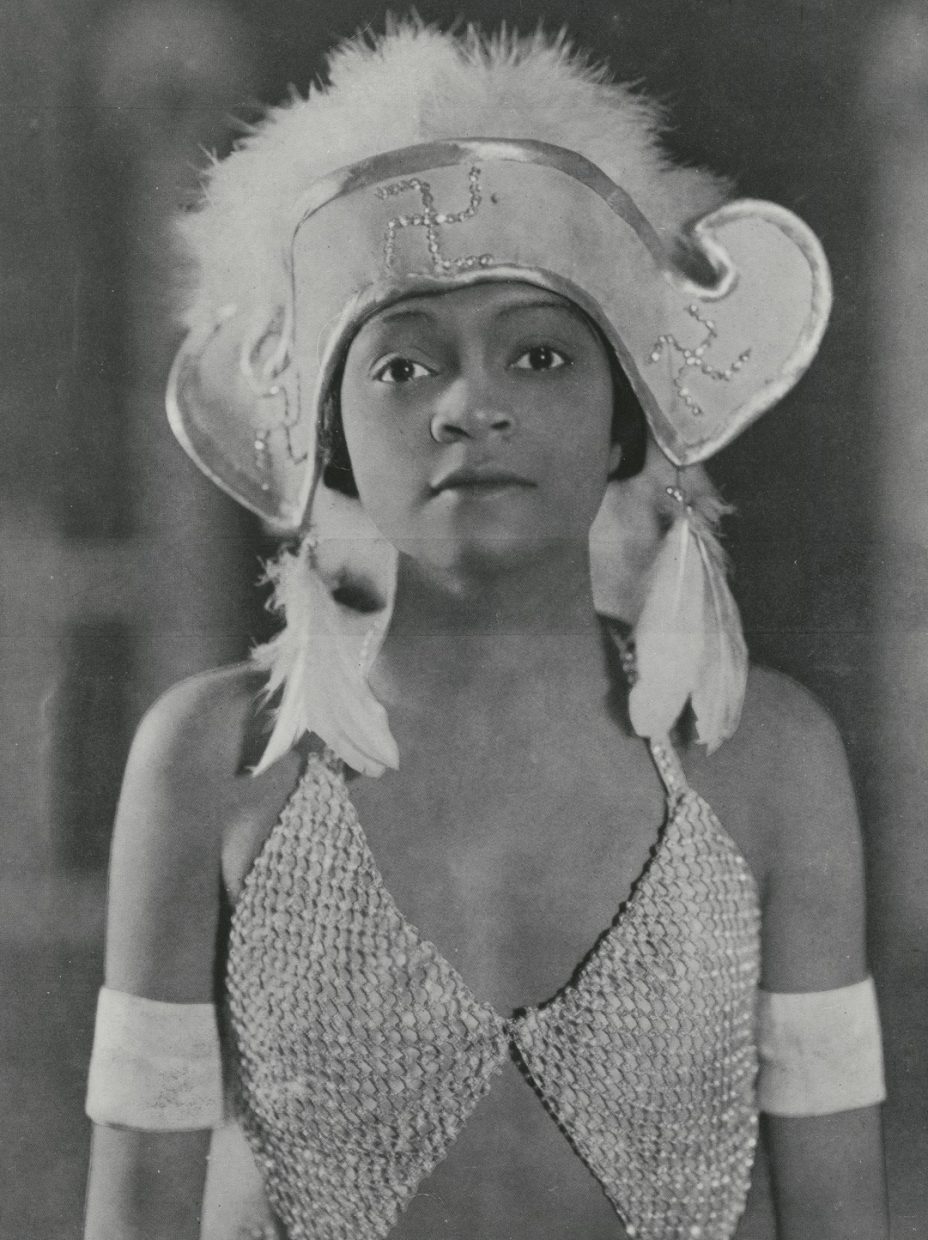“Florence Mills, Loretta Ross, and the Sonic History of Black Feminism”
As a music historian teaching courses about racial inequality, I try to create an environment safe for students of color and challenging for the racially privileged. I assign “I’m a Black Feminist. I Think Call-Out Culture is Toxic,” written by activist and scholar Loretta Ross. To call someone out, she explains, is to publicly shame someone for their actions. The Central Park birdwatching incident is but one example where the very white Amy Cooper called the police on Black birdwatcher Christian Cooper. He asked her to abide by park laws and keep her dog leashed, but she heard a threat—an example of the way ideas about race shape hearing, or what sound studies scholar Jennifer Lynn Stoever has described as “white willful mishearings and auditory imaginings of blackness” that “have long been a matter of life and death in the United States.”[1] Mr. Cooper recorded her tirade. It became viral, receiving over forty million views. She lost her job.
The goal of call-out culture is to hold someone accountable and demand retribution. It can be a highly effective way to protect Black Life that, before the age of social media, was virtually impossible. Ross also advocates for calling someone “in,” a phrase she borrows from queer writer Ngọc Loan Trần. Ross primarily works on reproductive justice, as a survivor of racial violence, rape, and incest, but she also spent time rehabilitating white supremacists as they left hate groups. She found herself caring for these individuals and forging relationships built on trust and mutual respect. In these connections, she discovered the transformative power of what she describes as “a call-out done with love.”
Ross’s theories draw on decades of Black feminist labor and much of this labor was sonic. In the 1920s, singer Florence Mills established an international career on the vaudeville stage, and her songs envoiced the political ambitions of an entire generation of New Negroes. In “Finding Florence Mills: The Voice of the Harlem Jazz Queen in the Compositions of William Grant Still and Edmund Thornton Jenkins,” I consider how sound, in general, and vocal timbre, in particular, can be imbued with anti-racist expression. Mills was one of the most famous performers of the 1920s, yet she was never recorded, and she died prematurely from complications following surgery. She was also an activist and did not shy away from inviting white people to reconsider their prejudice. For example, at an afterparty celebrating her widely successful revue called Blackbirds, she was invited to sit with the white guests. She refused to leave her Black cast members, saying “I am coal Black and proud of it,” prefiguring James Brown’s “Say It Loud, I’m Black and I’m Proud” that would become the anthem of the Black Power Movement. Her story was widely circulated in Black American newspapers. Similar to the Black Panther Party’s Free Breakfast for School Children Program, Mills also raised money for and donated to organizations committed to the wellbeing of Black children.

Mills understood her work on stage to be an artistic extension of such activism. Her most famous song “I’m a Little Blackbird Looking for a Bluebird” interrogated the psychological impact of white supremacy on Black minds: “Just a lonesome bit of humanity / Born on a Friday I guess / Blue as anyone can be / Clouds are all I ever see / If the sun forgets no one / Why don’t it shine for me?” While she draws the listener in with the melody—playful and up tempo—and her piercing voice—described by one critic as “beams of light, floating into the dark auditorium”—she asks white listeners to contemplate the illogic of racial difference: “Tho I’m of a darker hue / I’ve a heart the same as you.”
Expanding on her musical assertion of Black humanity, Mills wrote an article entitled “The Soul of the Negro” just before her death. She leveraged her fame to appeal to the potential sympathies of white readers. While she incisively describes the “absurdity” and brutality of their whiteness, she also looks optimistically to the future: “The Negro race is rearing its head.” Her international acclaim is proof. She posits a challenge to anti-Blackness, using the unprecedented success of Black popular culture, rapidly permeating the Western world. If the reader adores the musical performances of Mills, how could they also “find it difficult to credit a Negro with a soul”? For she too was once a poor child with no musical education that through “sheer determination” was able to “rise superior to prejudice.” To call the reader in, she brings their aural attention to “Blackbirds,” a song with which they were likely very familiar. This song is testament to “the eternal burden of colored people—the penalization for an accident of birth—to be made to feel out of focus with the rest of humanity.” In other words, her song was proof of Black feeling, of “the soul of the Negro.”
In my article, however, I argue that it was the way Mills sang that song, the tone of her voice, that positioned her so centrally in the fight for Black liberation. With no recordings, I use critical reception and compositions written for her to suggest how her voice sounded. Critics often commented on her “sweet” and “pure” tone. As a soprano, she had a wide range and seemed to navigate it with ease. Like the flute to which she was regularly compared, her attack was gentle, her vocal weight was light, suggesting her pitch was precise and florid vocal lines came easily. Descriptions of her vibrato such as “like champagne from a bottle” indicate a luscious tone. In other words, it was not only a song’s lyrics but also the sound of her voice that captivated her audience.
Loretta Ross gave a recent TED talk, in which she expanded on her ideas, arguing that to “call in” is just as important as to “call out,” depending on the circumstances. Not all my students are receptive to combatting racism through Ross’s prescription of love and compassion. Some students of color point to the value of expressing what Lauryn Hill sang eloquently about in her 2014 Soundcloud release “Black Rage.” Sung to the tune of “My Favorite Things,” her first verse cuts right through the emotional destruction of racism: “Black Rage is founded on two-thirds a person / Rapings and beatings and suffering that worsens / Black human packages tied up in strings / Black rage can come from all these kinds of things.” Students also wonder if “calling in” is dangerously close to tone policing in that it demands Black people carry the burden of correcting white supremacy and to do so with a smile on their face. There is not a one-size-fits-all model of fighting systematic inequality. Yet Ross warns against Facebook comments that do more to virtue signal than to contribute to the exacting labor of transformative justice. She questions the efficacy of “clicktivism,” which can foster a mob mentality rooted in hate at the slight touch of a finger. “With all of this blaming and shaming,” she argues, “you just invited them to a fight, not a conversation.” If Mills was inviting her listeners to have a conversation about racial inequality in America, she did so through the rich timbre of her voice.
Stephanie Doktor’s article “Finding Florence Mills: The Voice of the Harlem Jazz Queen in the Compositions of William Grant Still and Edmund Thornton Jenkins” was recently awarded the American Musicological Society Popular Music Study Group’s Best Essay in Popular Music Scholarship for 2021. The full article is free to access until 31st May here.
[1] Jennifer Lynn Stoever, The Sonic Color Line: Race and the Cultural Politics of Listening (New York: New York University Press, 2016), 1.






